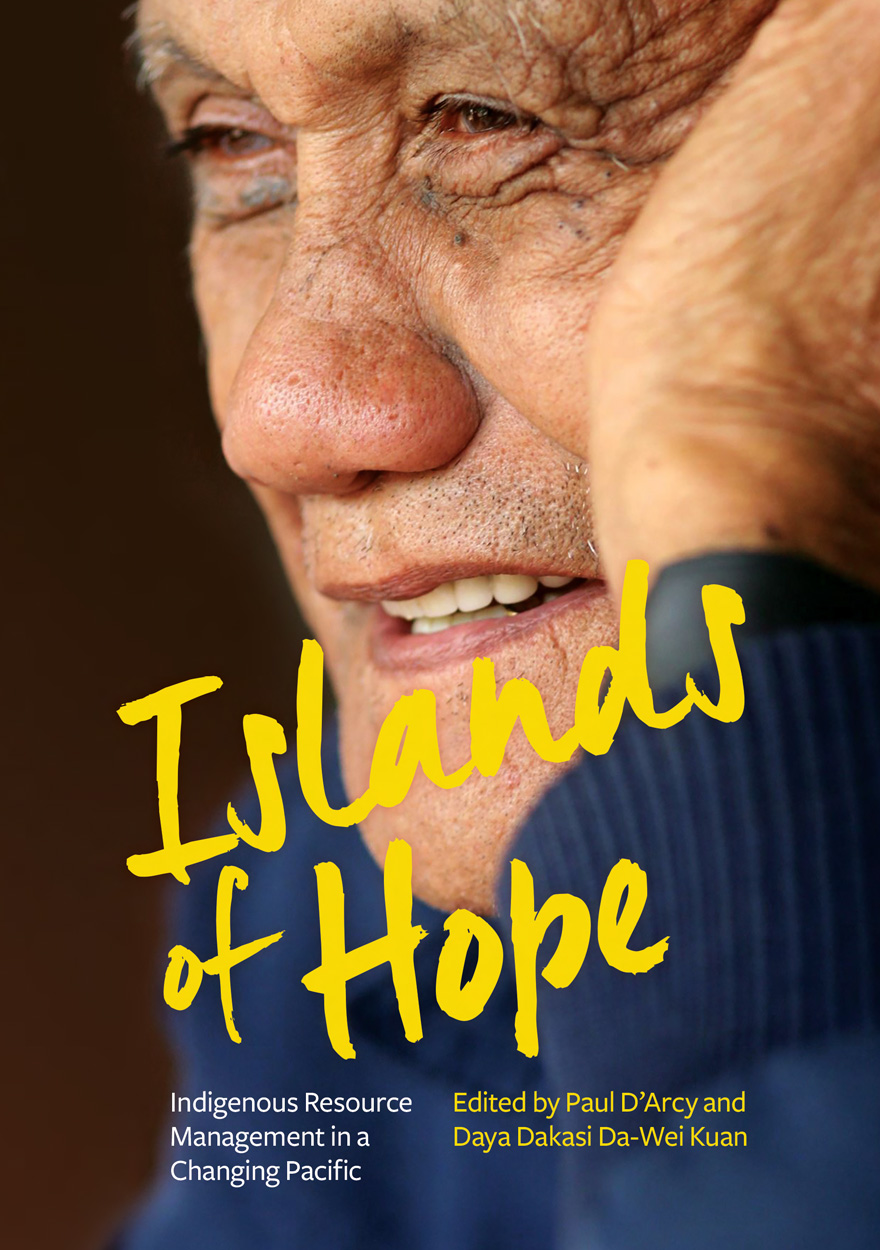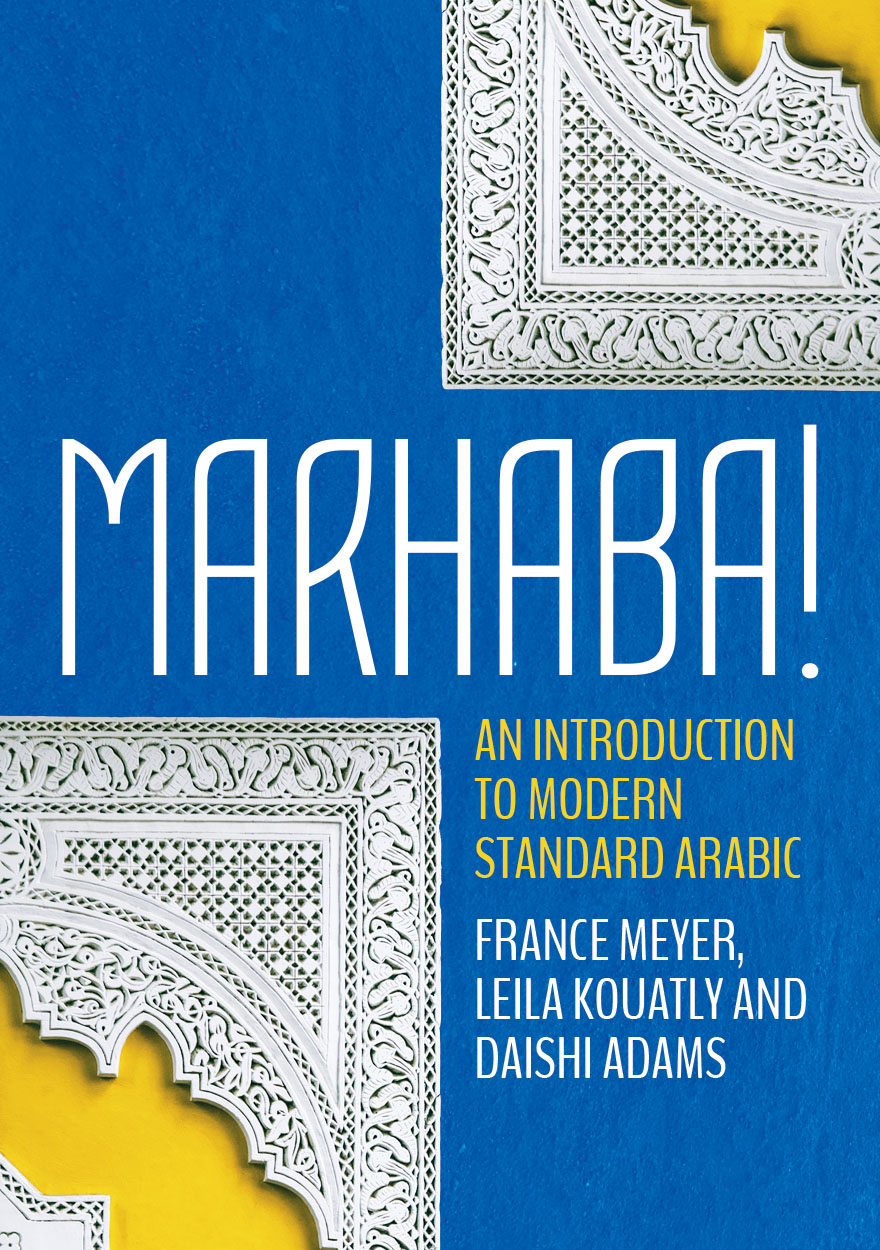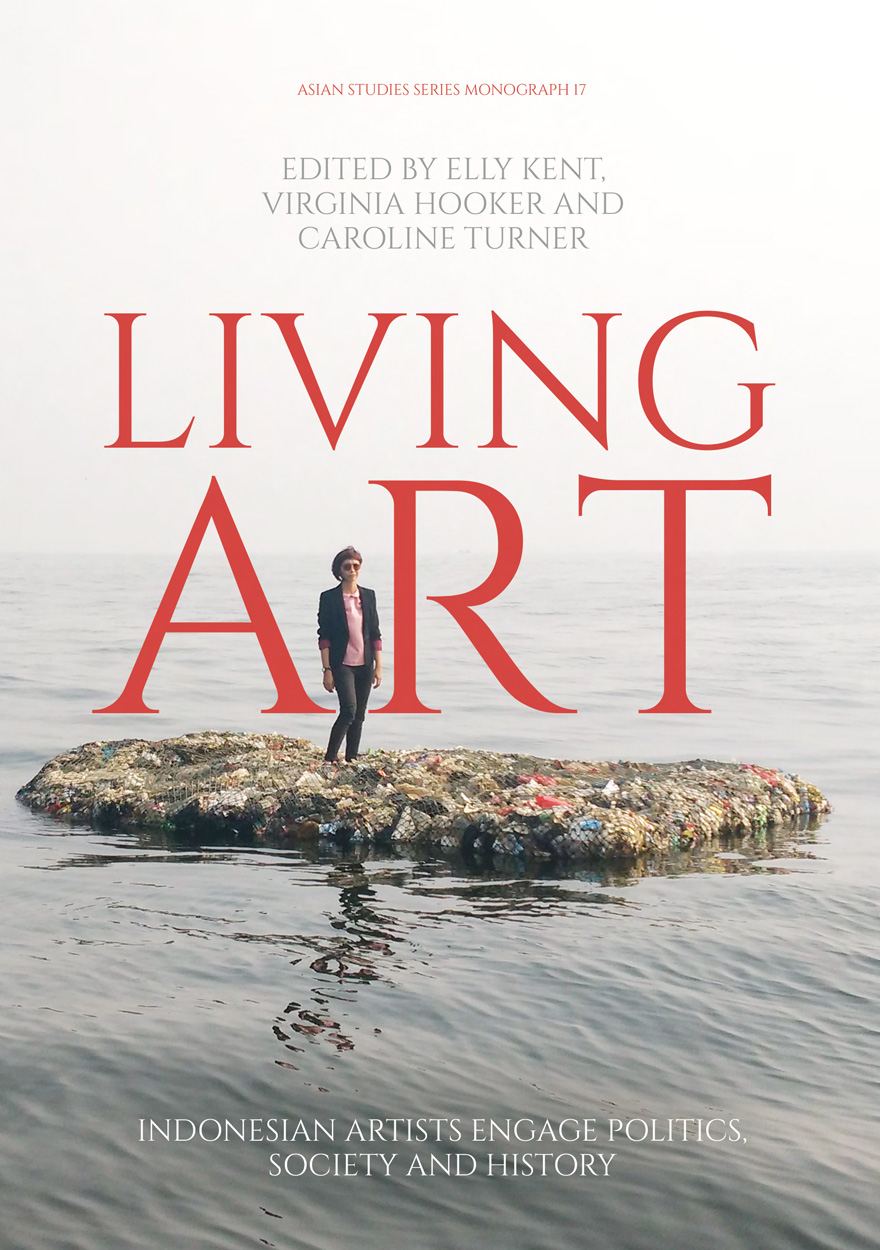Search titles
Displaying results 71 to 80 of 637.

Islands of Hope »
Indigenous Resource Management in a Changing Pacific
Edited by: Paul D’Arcy, Daya Dakasi Da-Wei Kuan
Publication date: May 2023
In the Pacific, as elsewhere, indigenous communities live with the consequences of environmental mismanagement and over-exploitation but rarely benefit from the short-term economic profits such actions may generate within the global system.
National and international policy frameworks ultimately rely on local community assent. Without effective local participation and partnership, these extremely imposed frameworks miss out on millennia of local observation and understanding and seldom deliver viable and sustained environmental, cultural and economic benefits at the local level.
This collection argues that environmental sustainability, indigenous political empowerment and economic viability will succeed only by taking account of distinct local contexts and cultures. In this regard, these Pacific indigenous case studies offer ‘islands of hope’ for all communities marginalised by increasingly intrusive—and increasingly rapid—technological changes and by global dietary, economic, political and military forces with whom they have no direct contact or influence.

Wehali: The Female Land »
Traditions of a Timorese Ritual Centre
Authored by: Tom Therik
Publication date: March 2023
Wehali defines itself as the ritual centre of the island of Timor. As a ritual centre, Wehali continues to be the residence of a figure of traditional authority on whom, in the 18th century, the Dutch conferred the title of Kaiser (Keizer) and to whom the Portuguese gave the title of Emperor (Imperador). At one time, Wehali was the centre of a network of tributary states, which both the Dutch and Portuguese regarded as paramount to the political organisation of the island. This book is a study of Wehali in its contemporary setting as it continues to maintain its rituals and traditions.
Significantly, Wehali is a ‘Female’ centre and its ‘Great Lord’ is considered to be a ‘Female’ lord. Whereas other Timorese societies are organised along male lines, in Wehali, all land, all property, all houses belong to women. Men are exchanged as husbands in marriage. Wehali is thus considered to be the ‘husband-giver’ to the surrounding realms on the island that look to its inner power as their source of life.

Something's Gotta Change »
Redefining Collaborative Linguistic Research
Authored by: Lesley Woods
Publication date: March 2023
Indigenous people are pushing back against more than 200 years of colonisation and rejecting being seen by the academy as ‘subjects’ of research.
A quiet revolution is taking place among many Indigenous communities across Australia, a revolution insisting that we have control over our languages and our cultural knowledge – for our languages to be a part of our future, not our past. We are reclaiming our right to determine how linguistic research takes place in our communities and how we want to engage with the academy in the future.
This book is an essential guide for non-Indigenous linguists wanting to engage more deeply with Indigenous communities and form genuinely collaborative research partnerships. It fleshes out and redefines ethical linguistic research and work with Indigenous people and communities, with application beyond linguistics.
By reassessing, from an Indigenous point of view, what it means to ‘save’ an endangered language, Something’s Gotta Change shows how linguistic research can play a positive role in keeping (maintaining) or putting (reclaiming) endangered languages on our tongues.

The Australian Embassy in Tokyo and Australia–Japan Relations »
Edited by: Kate Darian-Smith, David Lowe
Publication date: March 2023
Relations between Australia and Japan have undergone both testing and celebrated times since 1952, when Australia’s ambassadorial representation in Tokyo commenced. Over the years, interactions have deepened beyond mutual trade objectives to encompass economic, defence and strategic interests within the Indo-Pacific region and beyond. This ‘special relationship’ has been characterised by the high volume of people moving between Australia and Japan for education, tourism, business, science and research. Cultural ties, from artists-in-residence to sister-city agreements, have flourished. Australia has supported Japan in times of need, including the aftermath of the 2011 Tohoku earthquake.
This book shows how the Australian embassy in Tokyo, through its programs and people, has been central to these developments. The embassy’s buildings, its gardens and grounds, and, above all, its occupants—from senior Australian diplomats to locally engaged staff—are the focus of this multidimensional study by former diplomats and expert observers of Australia’s engagement with Japan. Drawing on oral histories, memoirs, and archives, this volume sheds new light on the complexity of Australia’s diplomatic work in Japan, and the role of the embassy in driving high-level negotiations as well as fostering soft‑power influences.
‘With a similar vision for the Indo-Pacific region and a like-minded approach to the challenges facing us, Australia and Japan have become more intimate and more strategic as partners. I am very pleased to see this slice of Australian diplomatic history so well accounted for in this book.’
— Jan Adams AO PSM, Secretary, Australian Department of Foreign Affairs and Trade; Australia’s Ambassador to Japan, November 2020–June 2022

Marhaba! An Introduction to Modern Standard Arabic »
Publication date: January 2023
Marhaba! An Introduction to Modern Standard Arabic is a unique student handbook specifically written and designed for flexible learning. It consists of 23 lessons that include a variety of online interactive tasks supported by a range of audio resources. Online learners develop reading, listening, speaking and writing skills at the introductory level of Modern Standard Arabic while getting an insight into the culture of the Arab world. This publication addresses the needs of a mobile and diverse cohort of Australian and international students who seek to acquire a basic knowledge of the grammar and syntax of Modern Standard Arabic, a form of the language common to all peoples of the Arab-speaking world, from North Africa to the Middle East and Asia.
Download for free
Not available for purchase

Lilith: A Feminist History Journal: Number 28 »
Publication date: December 2022
New research in this issue of Lilith includes studies of feminist vegetarian activism in Victorian England; the lives of Japanese businesswomen in North Queensland before 1941; negotiations of gender amongst women combatants in Tigray, Ethiopia; and the impacts of the Covid-19 pandemic on women. Each of the four research articles draws upon new sources and interpretations that shed light on the varied experiences of women within and beyond Australia, often challenging established norms or assumptions about progress.
In ‘Vegetarians, Vivisection and Violationism’, Ruby Ekkel explores the centrality of vegetarianism to the activities and lived experience of noted Victorian activist Anna Kingsford. Tianna Killoran’s article ‘Sex, soap and silk’ draws on newly accessible sources in moving beyond traditional narratives that characterise Japanese women in interwar North Queensland as impoverished sex workers. In ‘A Soldier and a Woman’, Francesca Baldwin examines how women combatants in Tigray, Ethiopia, negotiated the connections and collisions between soldiering and womanhood during and after the 1974–91 civil war. Petra Brown and Tamara Kayali Browne’s article ‘Relational Autonomy: Addressing the Vulnerabilities of Women in a Global Pandemic’ explores how the individualistic/atomistic model of autonomy in responses to Covid-19 has disproportionately disadvantaged women.
This issue also contains nine short essay responses from experienced gender scholars—including Ann Curthoys, Sharon Crozier-De Rosa, Catherine Kevin, Ann McGrath, Janet Ramsey, Yves Rees, Madeleine C. Seys, Jordana Silverstein, and Zora Simic—to the question ‘What does it mean to do feminism in 2022?’ These essays reveal the political power of feminist history-making, since, as Ann Curthoys argues in her essay, feminist history is itself a form of activism.
Taken together, these research articles and essays, along with the editorial, demonstrate the fallibility of the notion of history being a narrative of linear progress without relevance to our current reality. They urge against political complacency about the Covid-19 pandemic, colonialism or women's oppression as existing only in the past.
Download for free
Not available for purchase

Unsung Land, Aspiring Nation »
Journeys in Bougainville
Authored by: Gordon Peake
Publication date: December 2022
In 2016, Gordon Peake answers a job advertisement for a role with the government of the Autonomous Region of Bougainville, a collection of islands on the eastern fringe of Papua New Guinea looking to strike out as a country of its own.
In his day job he sees at first hand the challenges of trying to stand up new government systems. Away from the office he travels with former rebels, follows an anthropologist’s ghost and visits landmarks from the region’s conflict. In 2019, he witnesses joy and euphoria as the people of Bougainville vote in a referendum on their future.
Out of these encounters emerges an unforgettable portrait of this potential nation-in-waiting.
Blending narrative history, travelogue and personal reminiscences, Unsung Land, Aspiring Nation is an engaging memoir as well as an insightful meditation on the realities of nation-making and international development.
‘Heartfelt and honest. This book is an insightful read and a valuable addition to scholarship on Bougainville’s journey to peace.’
— Joseph Nobetau, former Chief Secretary to the Autonomous Bougainville Government
‘An excellent piece of engaged travel writing. With first-hand observation and curiosity, Gordon has produced a deeply informed, compelling and evocative account of war, survival and nation-building in what may become the world’s newest country.’
— Tom Bamforth, author of The Rising Tide: Among the Islands and Atolls of the Pacific Ocean
Unsung Land, Aspiring Nation is also available as an audiobook.

Vietnam Task »
The 5th Battalion, The Royal Australian Regiment, 1966–67
Authored by: Robert O’Neill
Publication date: November 2022
On 24 May 1966, eight hundred men of the 5th Battalion, The Royal Australian Regiment, landed at Nui Dat, in Viet Cong territory. For the next 12 months they were faced with the task of restoring peace, civil law and regular commerce to the Vietnamese of Phuoc Tuy province. This book is a detailed record of those months in the monsoon jungles—of the problems that were faced and the solutions that were found.
Captain O’Neill’s position as battalion intelligence officer enabled him to view the war from the standpoint of the battalion as a whole. However, he does not omit description of personal feelings—towards the Viet Cong, the jungle environment and the Vietnamese people, as well as the other Allied forces involved in the war.
Most of the book was written on the spot in Vietnam. On operations or at Battalion Headquarters, Captain O’Neill jotted down details of the war against the Viet Cong, putting the events of each day in order, often in the small hours of the following morning. Thus not only is this a factual account of the 5th Battalion’s activities over the year; it is also a vivid and compelling picture of the war in Vietnam from the soldier’s point of view.

Living Art »
Indonesian Artists Engage Politics, Society and History
Publication date: November 2022
Living Art: Indonesian Artists Engage Politics, Society and History is inspired by the conviction of so many of Indonesia’s Independence-era artists that there is continuing interaction between art and everyday life. In the 1970s, Sanento Yuliman, Indonesia’s foremost art historian of the late twentieth century, further developed that concept, stating: ‘New Indonesian Art cannot wholly be understood without locating it in the context of the larger framework of Indonesian society and culture’ and the ‘whole force of history’. The essays in this book accept Yuliman’s challenge to analyse the intellectual, sociopolitical and historical landscape that Indonesia’s artists inhabited from the 1930s into the first decades of the new millennium, including their responses to the COVID-19 pandemic.
The inclusion of one of Yuliman’s most influential essays, translated into English for the first time, offers those outside Indonesia an insight into a formative period in the generation of new art knowledge in Indonesia. The volume also features essays by T. K. Sabapathy, Jim Supangkat, Alia Swastika, Wulan Dirgantoro and FX Harsono, as well as the three editors (Elly Kent, Virginia Hooker and Caroline Turner). The book’s contributors present recent research on issues rarely addressed in English-language texts on Indonesian art, including the inspirations and achievements of women artists despite social and political barriers; Islam- inspired art; artistic ideologies; the intergenerational effects of trauma; and the impacts of geopolitical change and global art worlds that emerged in the 1990s. The Epilogue introduces speculations from contemporary practitioners on what the future might hold for artists in Indonesia.
Extensively illustrated, Living Art contributes to the acknowledgement and analysis of the diversity of Indonesia’s contemporary art and offers new insights into Indonesian art history, as well as the contemporary art histories of Southeast Asia and Asia more generally.

Experiments with Marxism-Leninism in Cold War Southeast Asia »
Edited by: Matthew Galway, Marc H. Opper
Publication date: September 2022
One of the most contentious theatres of the global conflict between capitalism and communism was Southeast Asia. From the 1920s until the end of the Cold War, the region was racked by international and internal wars that claimed the lives of millions and fundamentally altered societies in the region for generations. Most of the 11 countries that compose Southeast Asia were host to the development of sizable communist parties that actively (and sometimes violently) contested for political power. These parties were the object of fierce repression by European colonial powers, post-independence governments and the United States. Southeast Asia communist parties were also the object of a great deal of analysis both during and after these conflicts.
This book brings together a host of expert scholars, many of whom are either Southeast Asia–based or from the countries under analysis, to present the most expansive and comprehensive study to date on ideological and practical experiments with Marxism-Leninism in Southeast Asia. The bulk of this edited volume presents the contents of these revolutionary ideologies on their own terms and their transformations in praxis by using primary source materials that are free of the preconceptions and distortions of counterinsurgent narratives. A unifying strength of this work is its focus on using primary sources in the original languages of the insurgents themselves.



